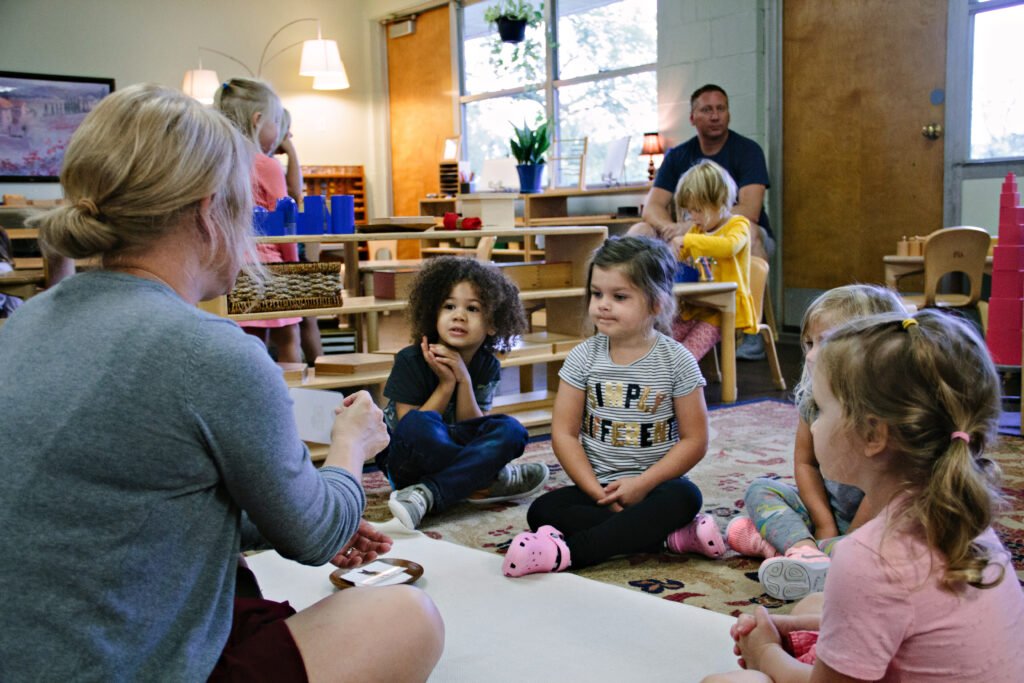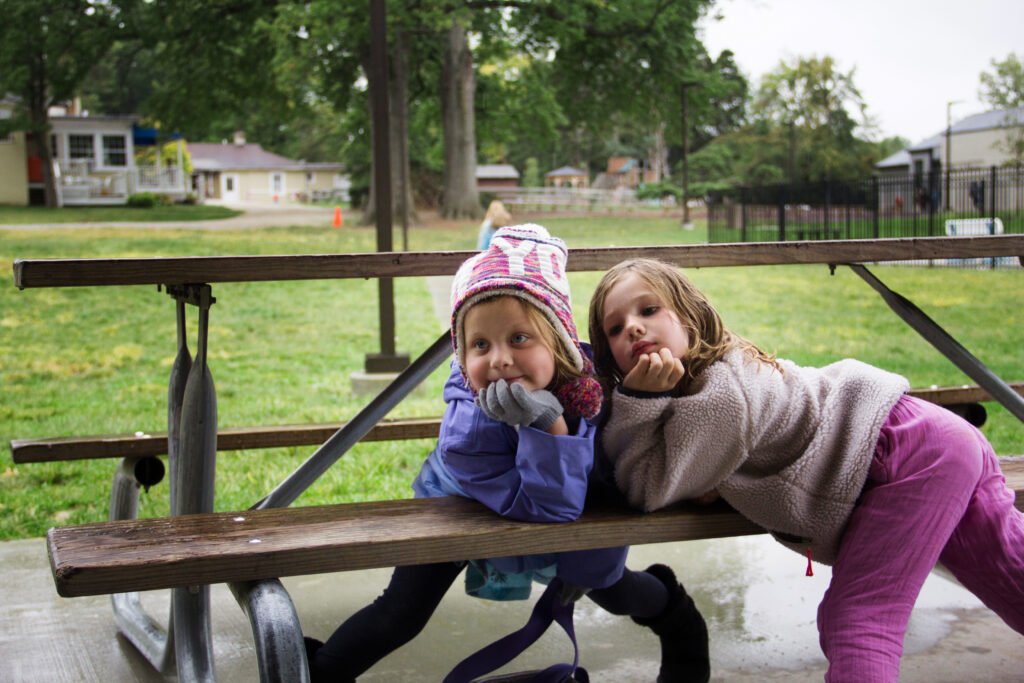On Choice: Part 2 - Parenting and the Art of Limiting Choices...
 Making choices is a huge part of adult life. Our days are packed with choices, big and small. While many of us may wish to rid ourselves of the seemingly endless decision making, we can't deny that it's a central part of life - and that being good at it is advantageous.To help our children cultivate their choice making competency, we must offer choices within a framework. As wonderful as choice is in a young life, unchecked, unlimited choice hinders children's ability to choose and learn the nuances of making a choice. Limits are crucial. So, let's look into some of the parameters we can implement around choices.
Making choices is a huge part of adult life. Our days are packed with choices, big and small. While many of us may wish to rid ourselves of the seemingly endless decision making, we can't deny that it's a central part of life - and that being good at it is advantageous.To help our children cultivate their choice making competency, we must offer choices within a framework. As wonderful as choice is in a young life, unchecked, unlimited choice hinders children's ability to choose and learn the nuances of making a choice. Limits are crucial. So, let's look into some of the parameters we can implement around choices. 1. The first limit on choices is to remember that some things are not choices. Whether or not your child is buckled into the car before driving is not an option. Don’t offer choices that are not choices. Read more on offering real choices here.2. Offer appropriate choices for your child's age. Young children do not need the same choices as older children. For example, think of a progression of choices regarding play. An appropriate choice for a toddler would be, "Would you like to swing or go down the slide?" For a child in the Children's House it might be, "Would you like to go to the playground or play in the yard?" And then for the elementary child it could adjust to, "Would you like to go for a bike ride alone or with a friend?" Think about the choices you are giving and consider whether they are appropriate for your child. (If you need help, ask your child's guide or chat with another trusted parent!)3. Don’t give too many options for any choice. We've all experienced the overwhelming feeling of having too many options! Limiting options allows a child to really choose - to have the possibility of making a thoughtful choice. So, when your young child is dressing, instead of asking “Which shirt would you like to wear?” try, "Would you like to wear the green shirt or the red shirt?" As your child gets older they will likely be able handle more options, but we should still be considerate of the options we give. For example, as your child progresses to choosing their clothes from those available in their dresser, limit their options by making sure that all of the options are good ones. Tank tops don't need to be available in December! (Full disclosure, your friendly blogger has failed to be diligent on this count, resulting in a 2.5 year old walking into their Children's House in a swimming suit...)
1. The first limit on choices is to remember that some things are not choices. Whether or not your child is buckled into the car before driving is not an option. Don’t offer choices that are not choices. Read more on offering real choices here.2. Offer appropriate choices for your child's age. Young children do not need the same choices as older children. For example, think of a progression of choices regarding play. An appropriate choice for a toddler would be, "Would you like to swing or go down the slide?" For a child in the Children's House it might be, "Would you like to go to the playground or play in the yard?" And then for the elementary child it could adjust to, "Would you like to go for a bike ride alone or with a friend?" Think about the choices you are giving and consider whether they are appropriate for your child. (If you need help, ask your child's guide or chat with another trusted parent!)3. Don’t give too many options for any choice. We've all experienced the overwhelming feeling of having too many options! Limiting options allows a child to really choose - to have the possibility of making a thoughtful choice. So, when your young child is dressing, instead of asking “Which shirt would you like to wear?” try, "Would you like to wear the green shirt or the red shirt?" As your child gets older they will likely be able handle more options, but we should still be considerate of the options we give. For example, as your child progresses to choosing their clothes from those available in their dresser, limit their options by making sure that all of the options are good ones. Tank tops don't need to be available in December! (Full disclosure, your friendly blogger has failed to be diligent on this count, resulting in a 2.5 year old walking into their Children's House in a swimming suit...) 4. Only offer children low stakes choices. They need to practice making choices; they don't need to practice recovering from catastrophic choices. Children cannot always predict the entirety of the outcomes of their choices before making them - don’t offer choices that the children will be sorry they made or won't be able to recover from.5. Don’t offer a choice that consists of a terrible option vs. a great option. Generally when we do this to our children, we are really trying to make them choose one thing over another. This is not fair to your child. They are practicing making choices, let them practice.
4. Only offer children low stakes choices. They need to practice making choices; they don't need to practice recovering from catastrophic choices. Children cannot always predict the entirety of the outcomes of their choices before making them - don’t offer choices that the children will be sorry they made or won't be able to recover from.5. Don’t offer a choice that consists of a terrible option vs. a great option. Generally when we do this to our children, we are really trying to make them choose one thing over another. This is not fair to your child. They are practicing making choices, let them practice. Again, seek help from someone who excels at this. Reach out to a guide or one of the many folks here to support us as parents. The nuances of choices are important and the payoff is well worth the effort!Melinda, your photos make everything better! Thank you.Thanks as well to Brigid Jhee and Anna Schwind for ideas, examples and conversations that improved this post.
Again, seek help from someone who excels at this. Reach out to a guide or one of the many folks here to support us as parents. The nuances of choices are important and the payoff is well worth the effort!Melinda, your photos make everything better! Thank you.Thanks as well to Brigid Jhee and Anna Schwind for ideas, examples and conversations that improved this post.

